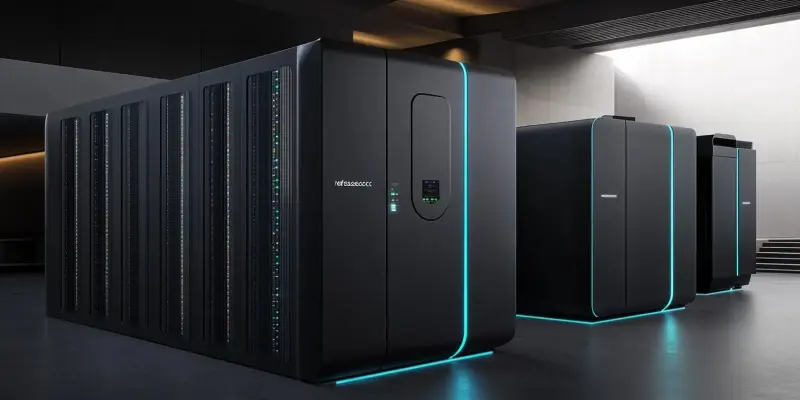In a strategic move poised to reshape the digital infrastructure landscape, CapitaLand has announced a substantial $700 million investment in a new data center project in Osaka, Japan. This development aims to bolster the company’s already impressive portfolio, which includes 27 data centers globally, boasting around 800 MW of power capacity. The acquisition of 50 MW for this new facility underscores CapitaLand’s commitment to expanding its presence in key markets across Asia and Europe since 2021. According to Manohar Khiatani, CLI’s senior executive director, this initiative aligns seamlessly with the company’s ongoing digitalization efforts and emphasizes the importance of Japan in their broader market strategy.
As the demand for cloud services continues to surge, the new Osaka data center is expected to cater to the needs of major providers such as AWS, Google Cloud, Microsoft Azure, and Oracle. Michelle Lee, managing director for CLI’s private data center funds, highlighted the rapid growth in digitalization and the proliferation of AI, particularly in Asia. This explosive growth is driving double-digit increases in data center demand and attracting significant institutional investment. CapitaLand’s expansion into the Osaka market reflects these broader industry trends and positions the company as a formidable player in the global data center arena.
CapitaLand’s investment is more than just a substantial financial commitment; it signifies a broader strategic bet on the future of digital infrastructure. By tapping into the burgeoning demand in Japan and leveraging Osaka’s strategic position, the company is poised to capture a significant share of the market. The move mirrors wider investment trends where substantial sums are being funneled into developing robust and scalable digital ecosystems. This positions CapitaLand not only as a leader in the data center market but also as an essential driver of digital transformation across the region.

